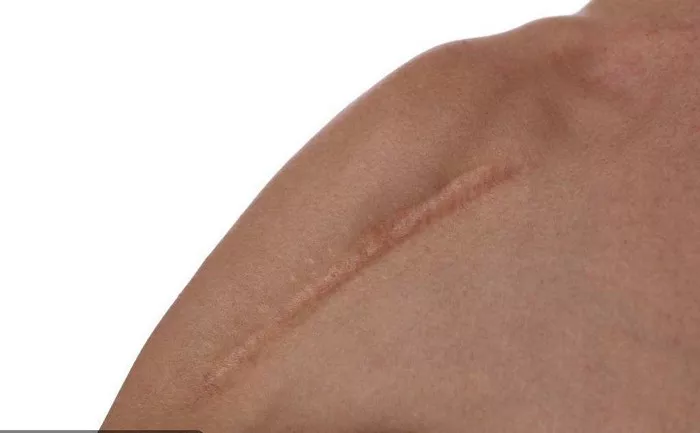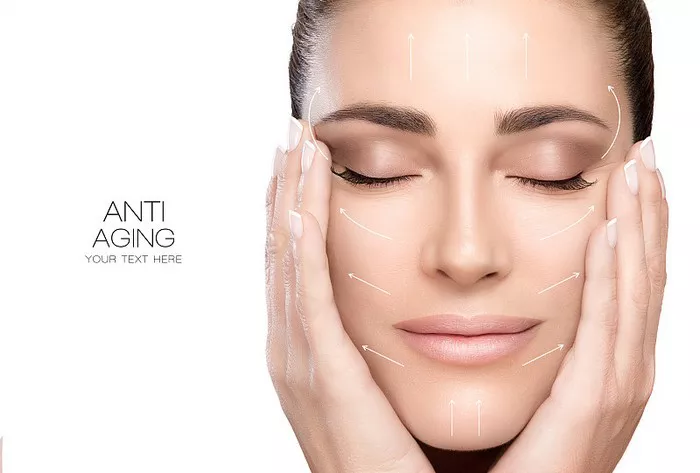Scars, etched into the skin’s narrative by wounds and injuries, often bear the hallmark of altered pigmentation. When scars turn white, a process known as depigmentation occurs, leading to a visible contrast against the surrounding skin. The quest to repigment white scars has become a subject of interest, blending scientific insights with dermatological artistry. This comprehensive exploration embarks on a journey to understand the intricacies of scar pigmentation, the factors contributing to depigmentation, and the emerging strategies aimed at restoring natural color to white scars. From the physiology of skin pigmentation to the latest advancements in dermatological interventions, join us in unraveling the secrets of repigmenting white scars.
The Canvas of Skin Pigmentation: Unraveling the Mosaic of Colors
Skin pigmentation, a mesmerizing mosaic of colors orchestrated by melanin, defines the diverse hues that grace the human canvas. Melanin, the pigment responsible for skin, hair, and eye color, is produced by melanocytes residing in the epidermis. Two types of melanin, eumelanin, and pheomelanin, impart varying shades of brown and red to the skin. The delicate dance of these pigments creates the spectrum of skin tones observed across individuals. However, when wounds disrupt this harmonious canvas, scars may emerge with altered pigmentation, manifesting as white, hypopigmented areas.
The Alchemy of Scar Formation: Understanding Depigmentation
Scar formation, an intricate alchemy orchestrated by the body’s natural healing processes, involves the intricate interplay of cellular events. When the skin is wounded, whether by trauma, surgery, or other factors, the healing cascade begins. Fibroblasts, essential architects of connective tissue, collaborate to lay down collagen fibers, rebuilding the damaged skin. In the context of pigmentation, melanocytes face a unique fate. The trauma can lead to a reduction in melanin production or the loss of melanocytes in the scar tissue, resulting in depigmentation. The alchemy of scar formation, while vital for structural integrity, introduces the challenge of scar pigmentation anomalies.
The Spectrum of Scar Pigmentation: From Hyperpigmentation to Hypopigmentation
Scar pigmentation spans a spectrum, presenting diverse hues that reflect the intricate healing journey beneath the skin’s surface. Hyperpigmentation, characterized by the excessive production of melanin, may result in scars appearing darker than the surrounding skin. On the flip side of the spectrum lies hypopigmentation, where scars take on a lighter, white, or even translucent appearance. The factors influencing scar pigmentation are multifaceted, encompassing genetics, skin type, sun exposure, and the nature of the injury. Understanding this spectrum sets the stage for exploring the targeted approach required to repigment white scars.
Sun Exposure and Scar Pigmentation: Navigating the Impact of UV Rays
The sun, a radiant source of energy, plays a dual role in scar pigmentation. While controlled exposure to sunlight is essential for overall health, excessive sun exposure can exert a profound impact on scar pigmentation. UV rays, notorious for their ability to alter melanin production, pose a risk to the delicate balance of scar coloration. In the context of white scars, sun exposure can exacerbate hypopigmentation, making the scars more noticeable against sun-kissed skin. Navigating the impact of UV rays becomes a crucial consideration in the quest to repigment white scars and harmonize their appearance with the surrounding skin.
Topical Treatments: Unveiling the Palette of Pigment-Modulating Agents
The palette of topical treatments for scar pigmentation encompasses a rich array of ingredients designed to modulate melanin production and encourage repigmentation. Vitamin C, revered for its antioxidant properties, takes center stage in this repertoire. Known to inhibit melanin synthesis and promote collagen formation, vitamin C aids in brightening the skin and reducing the contrast between scars and normal skin. Niacinamide, a form of vitamin B3, emerges as another potent ally, influencing pigment distribution and supporting the skin’s barrier function. These topical agents, when carefully selected and applied, form a nuanced approach to repigmenting white scars.
Chemical Peels and Microdermabrasion: Resurfacing the Canvas
In the realm of dermatological interventions, chemical peels and microdermabrasion emerge as techniques to resurface the skin’s canvas and address scar pigmentation. Chemical peels, employing acids such as glycolic acid or trichloroacetic acid, induce controlled exfoliation, promoting the shedding of damaged skin layers. This process stimulates cell turnover and may contribute to more uniform pigmentation. Microdermabrasion, a mechanical exfoliation method, gently abrades the skin’s surface, removing dead skin cells and promoting regeneration. These procedures, when administered with precision, offer a means of refining scar pigmentation and fostering a smoother skin texture.
Laser Therapy: Illuminating the Path to Scar Repigmentation
Laser therapy, a beacon of precision in dermatology, illuminates the path to scar repigmentation with targeted energy. Fractional laser technology, in particular, has garnered attention for its ability to create microscopic treatment zones within scar tissue. This controlled damage prompts the skin’s natural healing response, encouraging collagen remodeling and, in some cases, pigmentation normalization. Specific wavelengths of lasers, such as those targeting melanin absorption, can address hyperpigmentation, while others stimulate melanin production to tackle hypopigmentation. Laser therapy stands at the forefront of scar repigmentation, offering customizable solutions tailored to individual skin needs.
Surgical Interventions: Navigating the Depths of Scar Revision
In cases where scars delve deep, surgical interventions become a navigational tool for scar revision and repigmentation. Techniques such as punch excision or subcision aim to address scar depth and texture, laying the groundwork for subsequent interventions to influence pigmentation. Autologous fat grafting, a procedure involving the transfer of a patient’s own fat tissue, introduces the potential for pigment-carrying cells to integrate into scar tissue. While surgical interventions carry their own considerations, they contribute to the multidimensional approach aimed at repigmenting white scars from both surface and structural perspectives.
The Role of Microneedling: Orchestrating Collagen and Pigment Harmony
Microneedling, a minimally invasive technique wielding the power of tiny needles, emerges as a versatile player in scar repigmentation. Beyond its role in collagen induction and textural improvement, microneedling influences pigmentation dynamics. The controlled micro-injuries created by the needles stimulate the skin’s healing response, prompting the synthesis of collagen and elastin. This process extends to pigmentation modulation, offering a harmonizing effect on scar color. Combining microneedling with pigment-modulating topicals amplifies its impact, creating a symphony of rejuvenation in scar repigmentation.
Conclusion
In the canvas of scar repigmentation, a tapestry of scientific understanding and artistic finesse unfolds. The journey to repigment white scars involves navigating the intricate interplay of melanin, scar formation, and external influences. From harnessing the power of topical agents to the precision of laser therapy and the regenerative promise of emerging technologies, the artistry of scar repigmentation thrives on a multidimensional approach. As research continues to illuminate the complexities of scar pigmentation, the future holds the prospect of transformative regenerative interventions. In this realm where science meets art, the pursuit of scar repigmentation becomes a narrative of hope, restoration, and the nurturing of skin’s intrinsic beauty.
[inline_related_posts title=”You Might Be Interested In” title_align=”left” style=”list” number=”6″ align=”none” ids=”3924,3888,3886″ by=”categories” orderby=”rand” order=”DESC” hide_thumb=”no” thumb_right=”no” views=”no” date=”yes” grid_columns=”2″ post_type=”” tax=””]
































